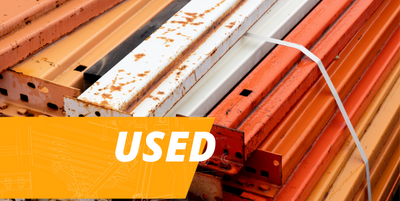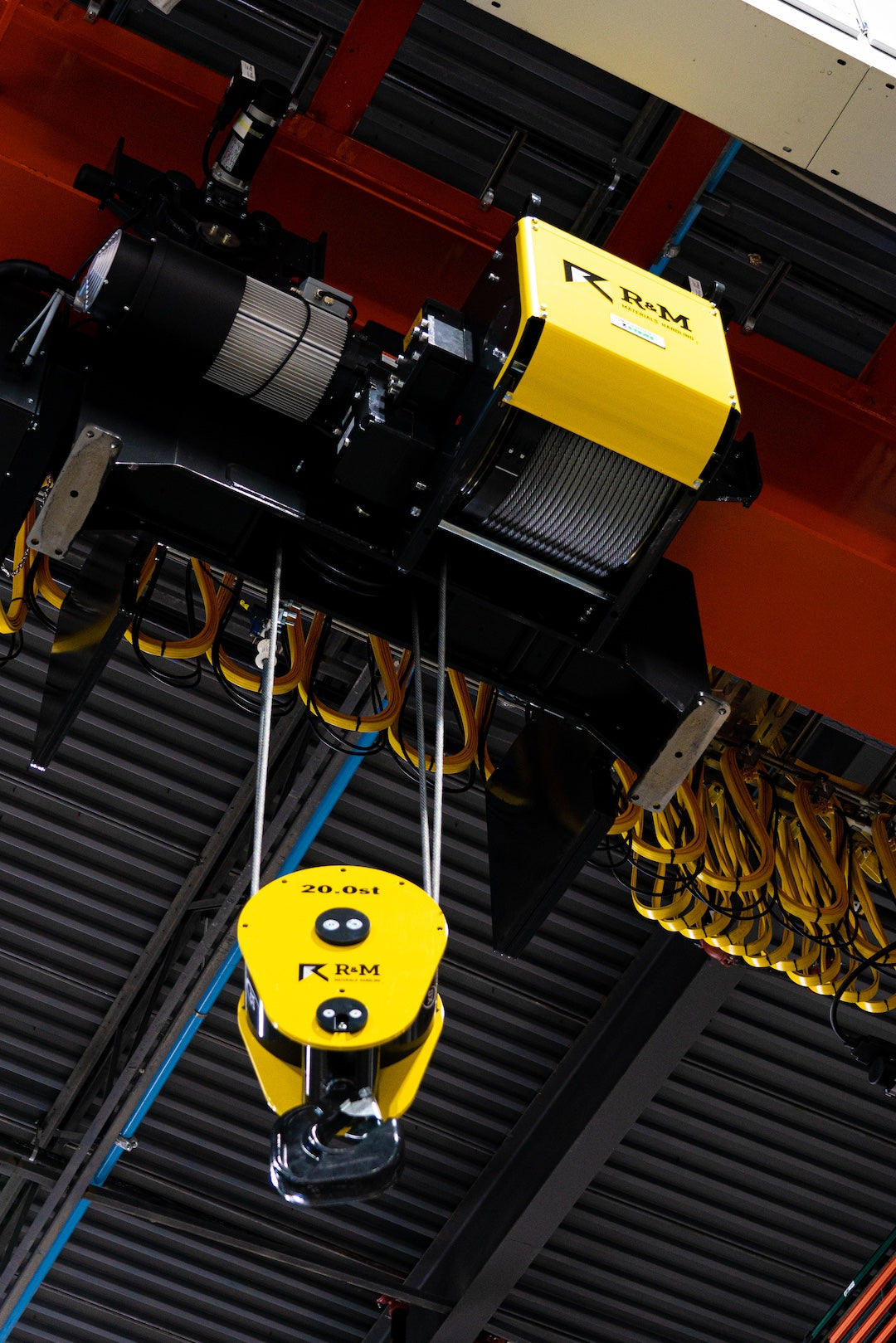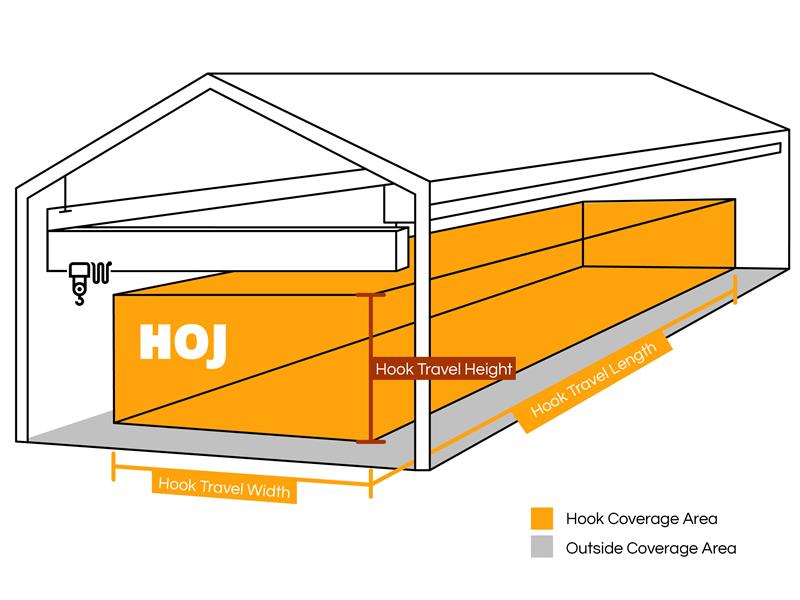Your Cart is Empty

The Green Warehouse: Sustainable Practices in Warehousing

In today's rapidly evolving world, sustainability is no longer just a buzzword or a trend; it's an imperative. As consumer demand for eco-friendly products and services continues to rise, industries across the board are striving to adapt.
The warehousing and distribution sector is no exception. By embracing green practices, not only can these facilities reduce their environmental footprint, but they can also improve efficiency and even profitability. Welcome to the age of the Green Warehouse.
Hoj Innovations is proud to be at the forefront of Green Warehouse design. Not just because it’s the right thing to do, but because it helps our clients become more efficient and that, ultimately, impacts the bottom line.
Why Shift to Sustainable Warehousing?
The shift to sustainable warehousing isn't just a moral or environmental imperative; it has tangible benefits for businesses. Here's a deeper dive into the key reasons for the transition:
Consumer Demand:
- Environmentally Conscious Consumers: The modern shopper is not just concerned about the quality or price of a product; they're looking at the entire lifecycle of their purchases. They want to know where it came from, how it was made, stored, and delivered.
- Brand Perception & Loyalty: Companies that genuinely commit to green practices and transparently showcase these initiatives can stand out in a crowded marketplace. Not only can they attract a broader customer base, but they can also foster deeper loyalty, as consumers often prefer to align themselves with brands that reflect their values.
- Public Relations & Marketing Edge: Sustainable practices can offer an excellent opportunity for positive PR. Brands can market themselves as responsible and forward-thinking, attracting both media attention and consumer admiration.
Cost Savings:
- Energy Efficiency: Transitioning to energy-efficient lighting, cooling, or heating systems might have an initial investment but will result in significant savings in the long run. For instance, LED lighting, while pricier upfront, consumes up to 90% less power than incandescent bulbs and has a longer lifespan.
- Waste Reduction: Sustainable warehousing often means optimizing storage, packaging, and transportation. Reducing waste not only means less environmental impact but also fewer costs related to waste management and disposal.
- Operational Longevity: Sustainable practices often lead to equipment and infrastructure that last longer, reducing the frequency and cost of repairs or replacements.
Legislation & Regulation:
- Staying Ahead of the Curve: With the global push towards sustainability, many governments are implementing or updating regulations that affect warehousing operations. Companies that have already integrated green practices are less likely to scramble to comply, ensuring uninterrupted operations.
- Financial Incentives: In many regions, governments provide incentives, such as tax breaks or grants, to companies that adopt sustainable practices. This can offset the initial costs of transitioning to a green warehouse.
- Avoiding Penalties: Non-compliance with environmental regulations can lead to hefty fines. By proactively adopting eco-friendly measures, warehouses can sidestep these financial pitfalls and the negative publicity that comes with them.
The decision to transition to sustainable warehousing is multifaceted, rooted in both ethical considerations and practical business benefits. As consumer preferences evolve and regulations tighten, the move towards green practices in warehousing is becoming less of an option and more of a necessity.
OK, so having a ‘green warehouse’ is a good idea. How, exactly, do you make that happen? Here’s a list of ideas to explore when making the move to be more environmentally friendly in your warehouse operations.
Sustainable Practices for the Green Warehouse

The transformation to a Green Warehouse doesn't happen overnight. It's a result of integrating multiple sustainable practices, each targeting specific areas of operations. Let's delve deeper into some of these essential practices:
Energy-Efficient Infrastructure:
LED Lighting:
- Longevity and Durability: Beyond just energy savings, LED lights have a longer lifespan compared to traditional bulbs, meaning they need to be replaced less frequently. This not only cuts down on costs but also reduces waste generated from burnt-out bulbs.
- Improved Work Environment: LED lights offer clearer, brighter illumination, which can enhance visibility in the warehouse. This improved lighting can lead to fewer accidents and increased worker productivity.
Solar Panels:
- Renewable Energy Source: Solar panels harness the power of the sun, a renewable energy source, to convert sunlight into electricity. This shift to renewable energy reduces a warehouse's dependency on fossil fuels, which are both environmentally damaging and finite.
- ROI and Energy Independence: While the upfront cost of installing solar panels can be significant, the return on investment (ROI) over time is impressive. Warehouses can reduce or even eliminate electricity bills, and in some cases, can sell excess power back to the grid. Moreover, being energy-independent protects businesses from the volatility of energy prices.
Waste Management & Recycling:
Reusing Packaging:- Economic Efficiency: Reusing packaging materials like boxes, bubble wrap, and fillers means that warehouses need to purchase fewer new packing supplies. This can translate to substantial cost savings over time.
- Reducing Landfill Waste: Packaging materials, especially plastics, can take centuries to decompose. By reusing packaging, warehouses contribute significantly to reducing the amount of waste sent to landfills.
- Consumer Perception: As consumers become more eco-conscious, they appreciate and often prefer products shipped with minimal or reused packaging. Companies that adopt these practices can market their commitment to sustainability, garnering goodwill and potentially boosting sales.
Green Transportation:
Eco-Friendly Vehicles:
- Reducing Carbon Footprint: Hybrid and electric vehicles (EVs) emit significantly fewer greenhouse gases compared to traditional gasoline or diesel-powered vehicles. Transitioning to such vehicles can lead to a drastic reduction in a warehouse's carbon footprint.
- Cost Efficiency: While the initial investment might be higher, EVs tend to have lower operating costs over time. They require less maintenance and, as electricity is often cheaper than gasoline, can result in substantial fuel savings.
- Government Incentives: Many governments offer tax breaks, rebates, or grants to companies investing in green transportation, further making the case for a switch.
Route Optimization:
- Efficient Deliveries: Leveraging advanced algorithms and real-time data, route optimization tools ensure that deliveries take the shortest and quickest path. This not only speeds up deliveries but also minimizes the time vehicles spend on the road, leading to fuel savings.
- Reduced Wear and Tear: Efficient routes mean fewer miles traveled. Over time, this can reduce the wear and tear on vehicles, extending their lifespan and reducing maintenance costs.
- Enhanced Customer Service: Quicker, optimized routes can lead to more accurate delivery time predictions, enhancing customer experience and satisfaction.
Sustainable Building Materials:
- Green Roofs: These are not only visually pleasing but also provide insulation, reducing the need for heating or cooling, thus conserving energy.
- Recycled & Local Materials: Using recycled construction materials or sourcing them locally can significantly reduce the environmental impact of building or renovating a warehouse.
Water Conservation:
Rainwater Harvesting:
- Natural Water Source: Rainwater is a free and often underutilized resource. Collecting it reduces the reliance on municipal water or groundwater sources.
- Reduced Stormwater Runoff: Harvesting rainwater can decrease the volume of stormwater runoff, which can erode landscapes and carry pollutants into water bodies.
- Cost Savings: Over time, using harvested rainwater for various operational needs can lead to notable savings on water bills.
Drip Irrigation:
- Targeted Watering: Drip irrigation delivers water directly to the plant roots, ensuring minimal wastage and preventing water evaporation that can occur with other irrigation methods.
- Water Efficiency: This method uses significantly less water compared to traditional sprinkler systems or hose watering.
- Healthier Plants: By avoiding water on the leaves, which can lead to fungal diseases, plants are generally healthier and more productive.
Conclusion
The transition to a Green Warehouse is not merely a nod to a trend but a forward-thinking approach to modern warehousing and distribution. By integrating sustainable practices, businesses can ensure they're not only meeting the demands of today's consumers but are also playing an active role in safeguarding our planet's future. As the adage goes, "We do not inherit the earth from our ancestors; we borrow it from our children." Embracing sustainability in warehousing is a step towards honoring this responsibility.









